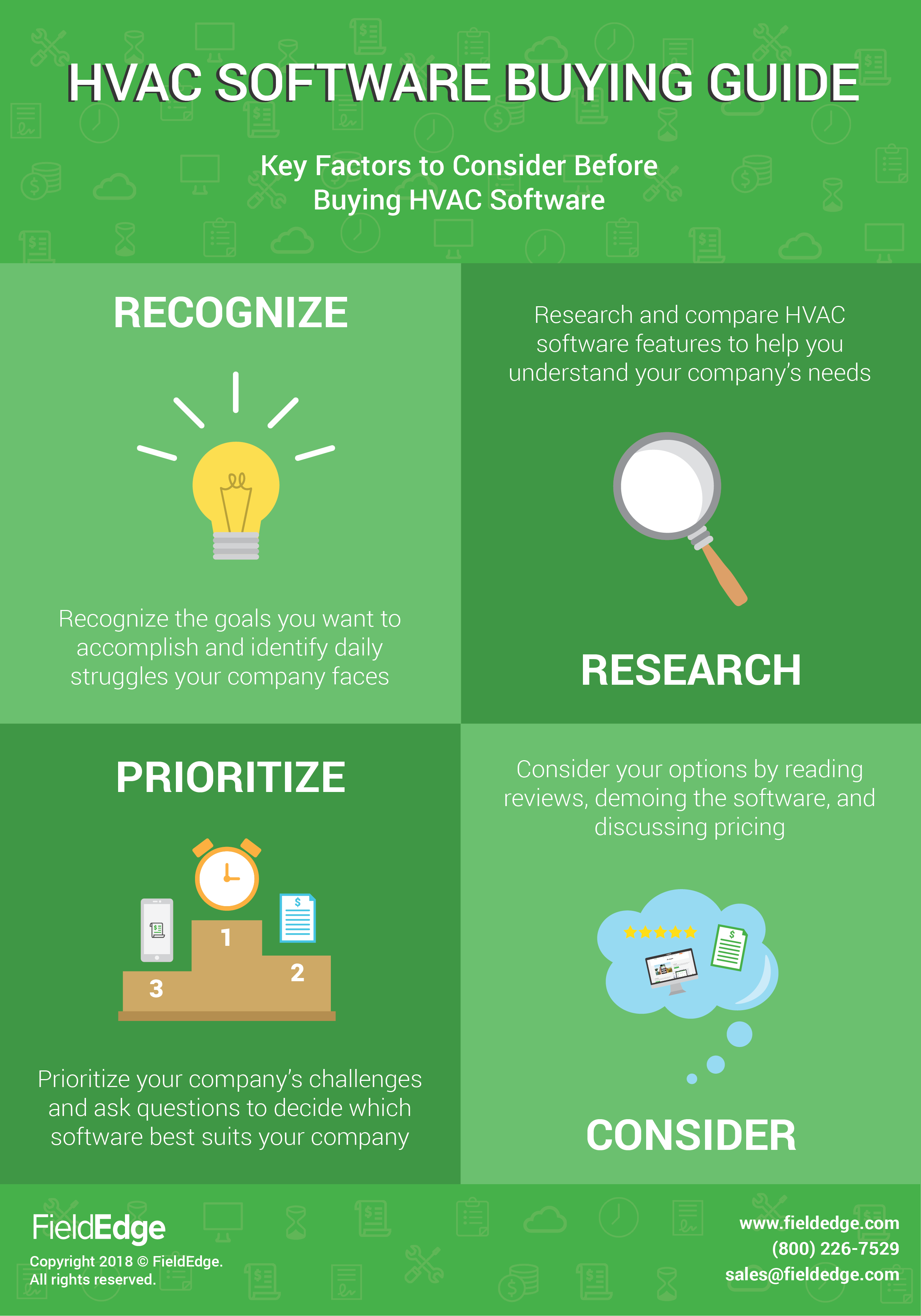The Future Of Home Heating - Just How Heatpump Technology Is Evolving
The Future Of Home Heating - Just How Heatpump Technology Is Evolving
Blog Article
Write-Up By-Baker Goff
Heatpump will be an important modern technology for decarbonising heating. In hop over to this site with governments' revealed power and climate commitments, their worldwide capability increases by 2030, while their share in heating rises to one-quarter.
They function best in well-insulated homes and depend on electrical power, which can be supplied from a renewable power grid. Technical developments are making them extra effective, smarter and less costly.
Fuel Cells
Heat pumps utilize a compressor, refrigerant, coils and fans to move the air and warm in homes and appliances. They can be powered by solar power or electricity from the grid. They have actually been getting appeal as a result of their low cost, peaceful procedure and the capacity to generate power throughout peak power need.
Some companies, like IdaTech and BG MicroGen, are working on fuel cells for home heating. These microgenerators can change a gas boiler and produce several of a home's electrical needs with a link to the power grid for the remainder.
But there are reasons to be skeptical of using hydrogen for home heating, Rosenow claims. It would be pricey and ineffective compared to other technologies, and it would add to carbon exhausts.
Smart and Connected Technologies
Smart home modern technology allows house owners to attach and control their gadgets remotely with the use of smart device apps. For instance, smart thermostats can learn your heating choices and automatically adjust to optimize power usage. Smart lighting systems can be controlled with voice commands and automatically shut off lights when you leave the area, reducing power waste. And clever plugs can check and manage your electrical use, permitting you to determine and limit energy-hungry home appliances.
The tech-savvy household portrayed in Carina's meeting is an excellent image of exactly how residents reconfigure area heating practices in the light of new clever home modern technologies. They rely upon the devices' automatic features to accomplish day-to-day modifications and concern them as a practical means of performing their heating practices. As such, they see no factor to adjust their techniques further in order to make it possible for flexibility in their home power need, and interventions aiming at doing so might encounter resistance from these households.
Electricity
Because warming homes accounts for 13% of US discharges, a button to cleaner options might make a huge difference. Yet the technology deals with difficulties: It's pricey and calls for substantial home renovations. And it's not constantly suitable with renewable energy sources, such as solar and wind.
Till just recently, electrical heatpump were too costly to compete with gas versions in most markets. But new advancements in design and products are making them more cost effective. And better chilly climate performance is allowing them to work well even in subzero temperatures.
The next action in decarbonising heating might be making use of heat networks, which draw warmth from a central resource, such as a close-by river or sea inlet, and disperse it to a network of homes or buildings. That would certainly minimize carbon emissions and permit homes to capitalize on renewable resource, such as eco-friendly power from a grid supplied by renewables. This option would be less expensive than changing to hydrogen, a nonrenewable fuel source that requires new framework and would only lower CO2 emissions by 5 percent if coupled with enhanced home insulation.
Renewable Energy
As electrical energy prices drop, we're beginning to see the exact same fad in home heating that has driven electrical cars and trucks into the mainstream-- yet at an even quicker rate. The strong environment situation for electrifying homes has actually been pushed further by brand-new research.
Renewables make up a significant share of modern warm usage, however have actually been provided restricted plan interest globally compared to other end-use sectors-- and also much less focus than electricity has. Partly, this shows a mix of consumer inertia, split rewards and, in numerous countries, aids for fossil fuels.
New innovations could make the change less complicated. For example, heatpump can be made extra energy efficient by replacing old R-22 refrigerants with new ones that do not have the high GWPs of their precursors. Some professionals also picture district systems that draw warmth from a close-by river or sea inlet, like a Norwegian arm. The warm water can then be utilized for heating and cooling in a community.